Heritage sites: What's been saved, what's at risk?
- Published
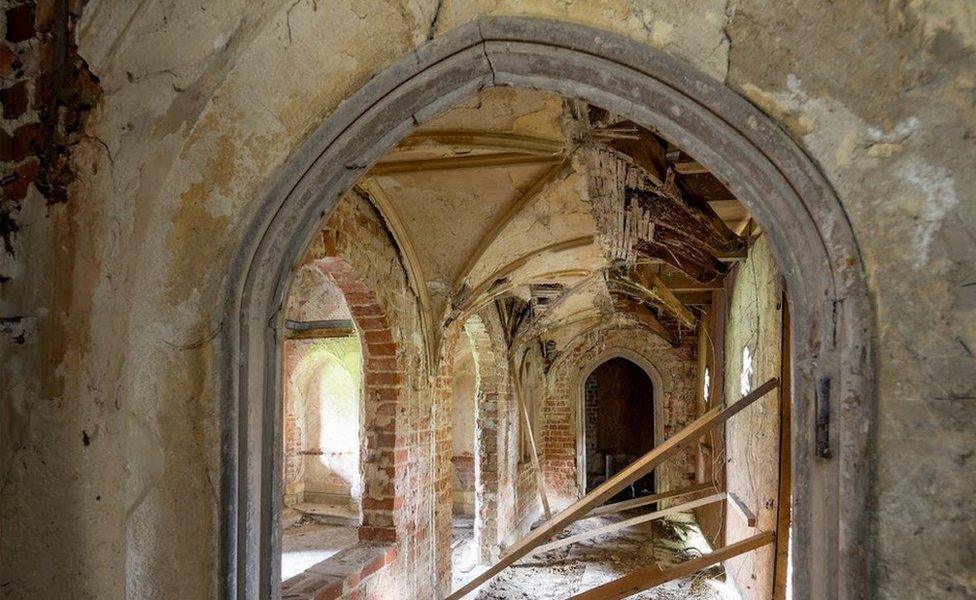
Buildings and historic sites across England have been renovated and "saved" by Historic England
A graveyard inside a quarry, a windmill and a centuries-old library are among the places added to the latest register of at-risk heritage sites.
The list, compiled by Historic England, includes 216 new entrants deemed to be in danger of "neglect, decay or inappropriate change".
However, following investment and conservation work, 181 sites have been saved and removed from the register.
Here are some of the places to have moved off or on to the list.
Saved: Lewis Carroll's preaching place
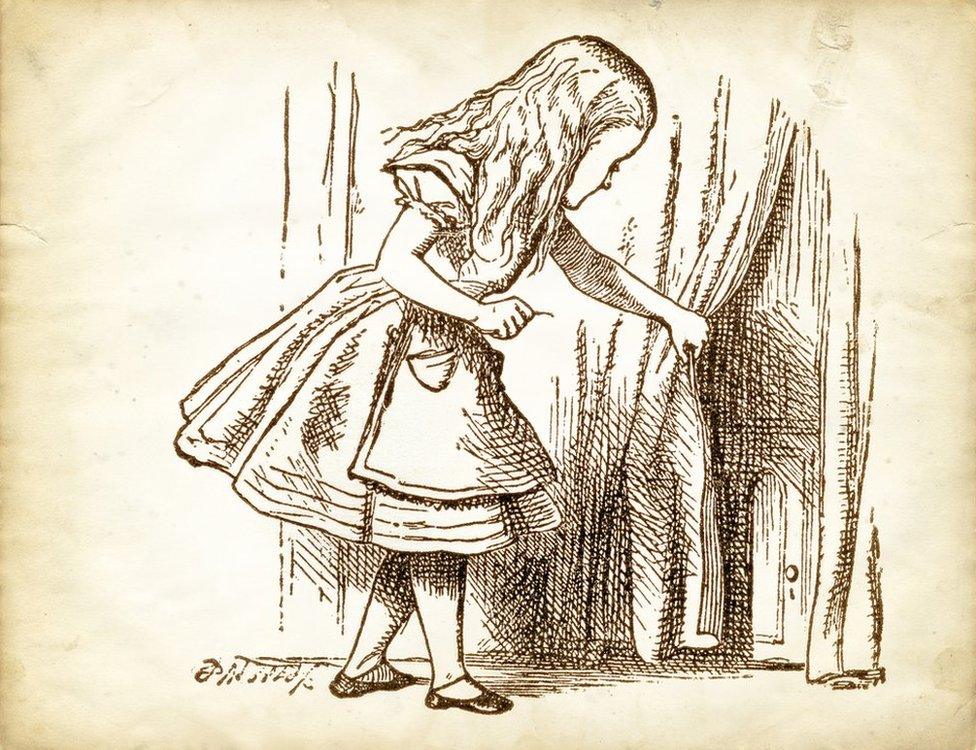
The Reverend Charles Dodgson is better known as author Lewis Carroll
The Rev Charles Lutwidge Dodgson, the author of Alice's Adventures in Wonderland and Alice Through the Looking Glass, was staying with nearby family when he conducted a sermon at St Mary's Church in Guildford, external, Surrey.
Better known now as Lewis Carroll, the writer's funeral was also held at the church in 1898.
Stonework at the Grade I building was decaying but after extensive repairs, the Saxon tower is no longer considered in danger.
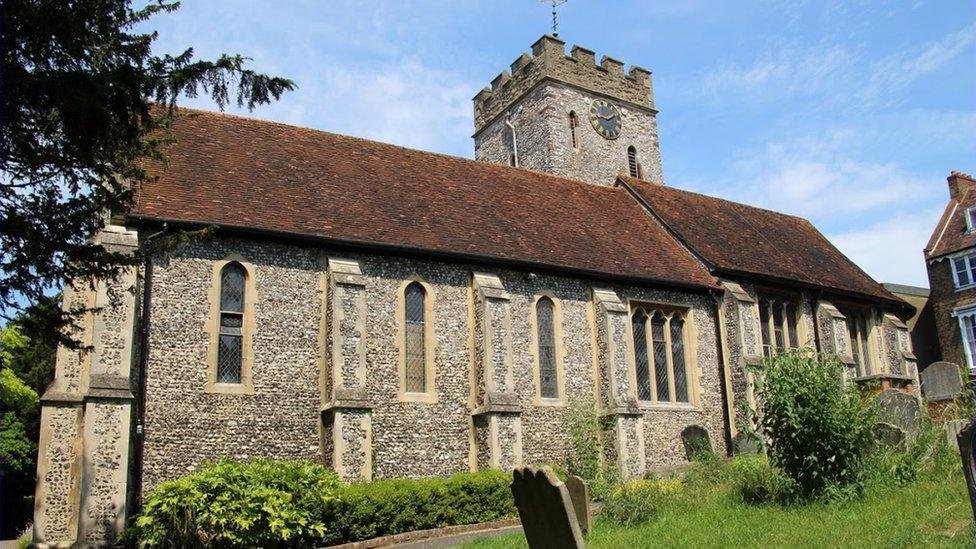
Lewis Carroll preached here
At risk: St James's garden cemetery

The carriage ramps need repair at St James's Cemetery
An early example of a public cemetery, St James's Garden, external was a stone quarry until it was bought by the Anglican community of Liverpool.
It was then laid out as a graveyard, with massive carriage ramps above catacombs.
Neglect, poor repairs and invasive vegetation have taken their toll on the site, leading to its inclusion on the register.
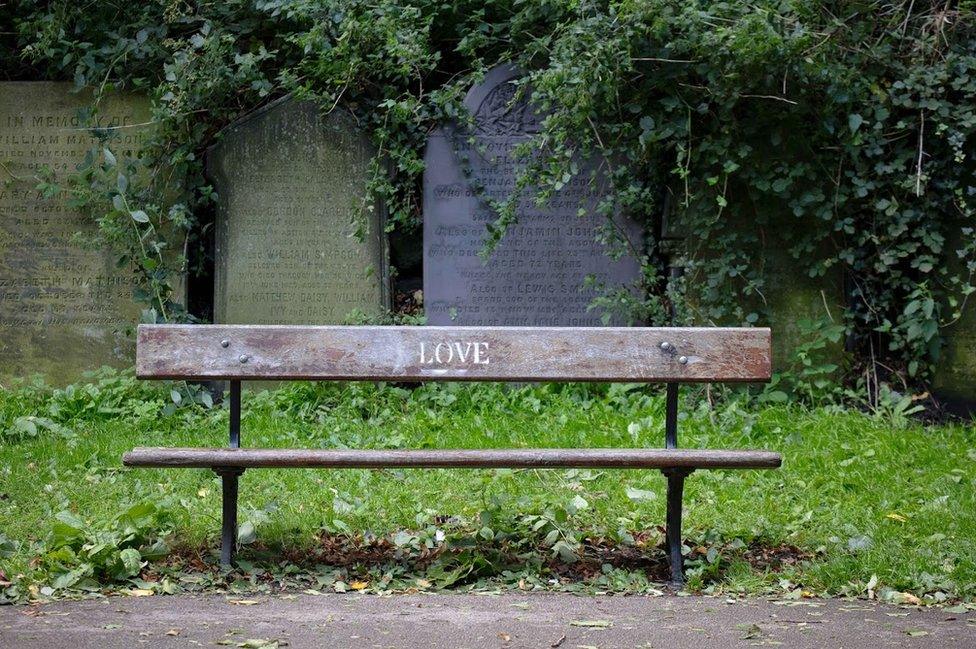
The garden and cemetery needs a little love and care
Saved: A fairy discotheque
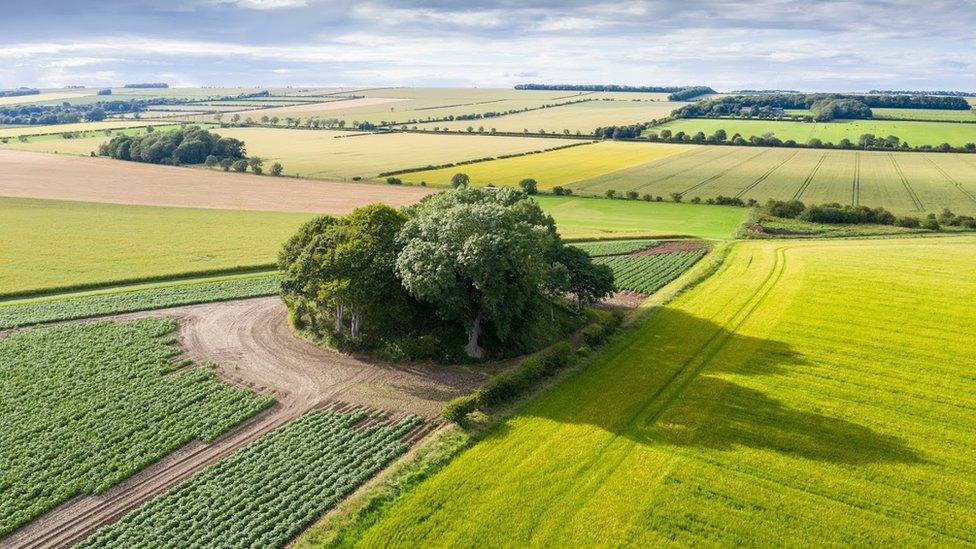
Willie Howe is an ancient funeral monument
Willie Howe, external in Driffield, East Yorkshire, is a prehistoric funerary monument mound called a barrow. Legend has it a drunk man discovered a bunch of fairies having a party there and they offered the man a drink. Wise to cunning ways of fairies, he did not imbibe the liquid but poured it away and stole the cup.
Over the years, Willie Howe became overgrown but grants from Natural England enabled the landowner (human not fae) to tidy it up a bit.
Human remains are often to be found in this sort of barrow - but Willie Howe was empty. Maybe the fairies took them.

What is on the list?
The latest register has 5,097 entries, including:
932 places of worship
103 parks and gardens
3 battlefields
3 protected wreck sites
491 conservation areas.

At risk: An elaborate windmill
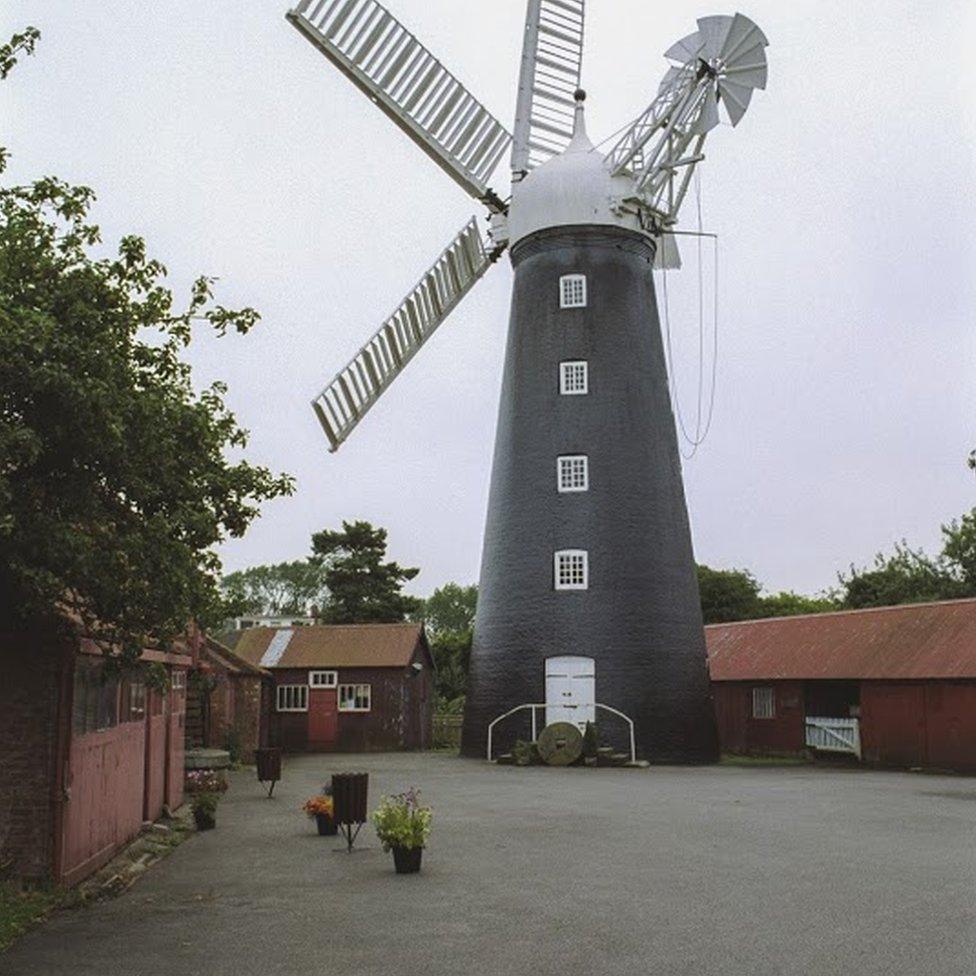
The windmill's cap is considered to be an unusual shape
Dobson's Windmill, external in Burgh Le Marsh, Lincolnshire, was built in 1813 and was going strong until a storm earlier this year damaged its sails, cap and fantail.
The cap is an unusual shape and ornately decorated and the sails are special ones that can be adjusted without stopping the mill.
Repairs are needed, so the mill is on the register.
Saved: Mannerly milk-making
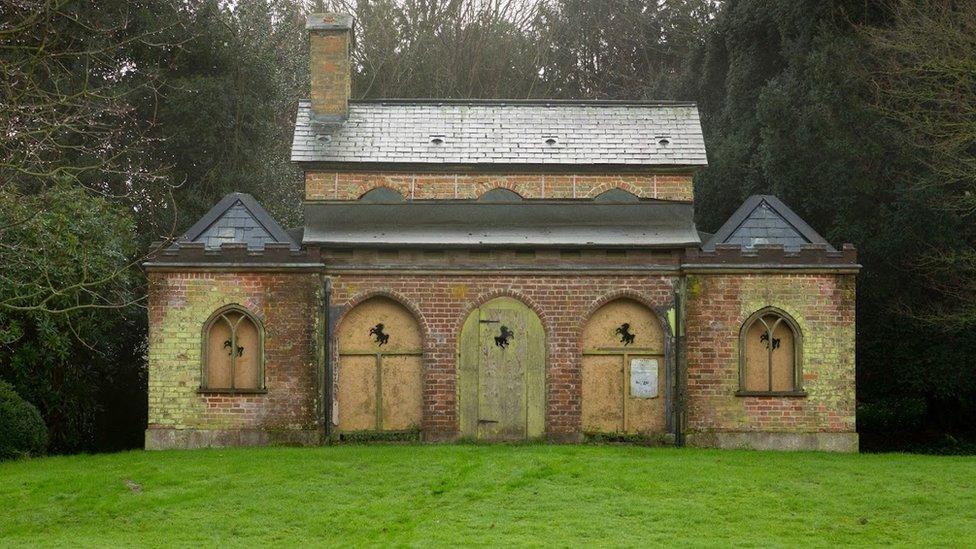
The dairy at Cobham Hall was rundown and boarded up
The Dairy at Cobham Hall, external in Kent was designed in the late 18th Century, when ornamental estate buildings were the height of fashion.
Supervising the making of cream, butter and cheese was a recognised and decorous country pursuit for elegant Georgian women.
This dairy was conceived to resemble a tiny chapel topped with a bell tower.
It had been empty for decades but has now been fully repaired.
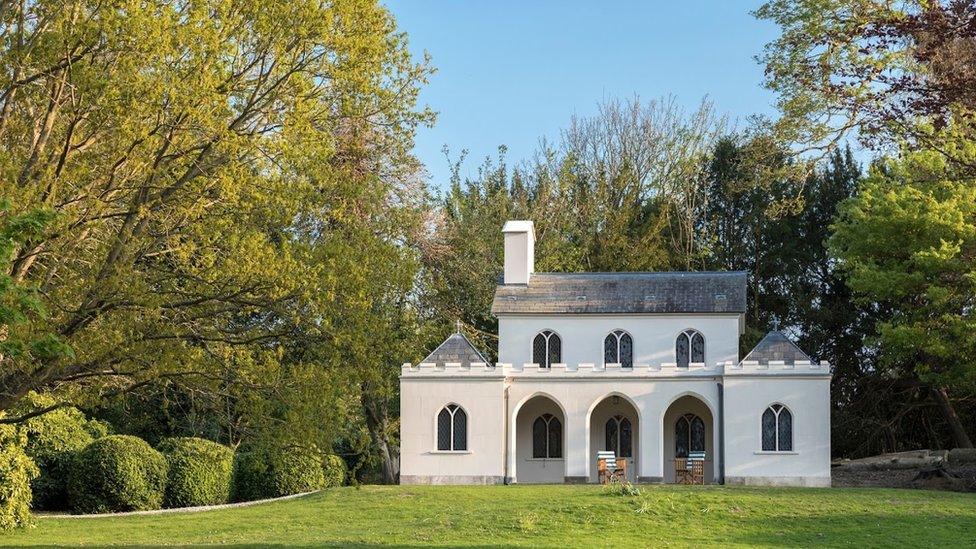
The dairy, repaired and spruced up, is now a holiday cottage
At risk: Royal roadhouse
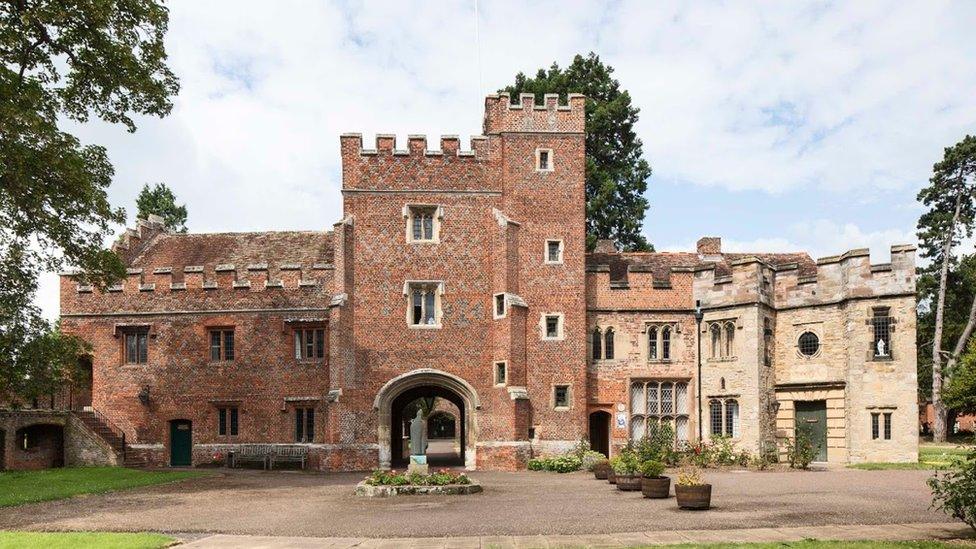
King Henry VIII and Catherine Howard stayed at Buckden, near St Neots
The 15th Century Buckden Towers, external are the remains of the Palace of the Bishop of Lincoln. Royals such as Henrys III and VIII, Edward I and Richard III all visited the towers.
It was during a tour that included a stay at Buckden Towers, just off the A1 in Cambridgeshire, that Catherine Howard was accused of committing adultery. It was an allegation that led to her beheading.
Of the structures still standing (parts were demolished in 1632 on the orders of the Ecclesiastical Commissioners) the brick gatehouse needs urgent repairs as the roof is leaking. This could cause the roof structure and ceiling to collapse.
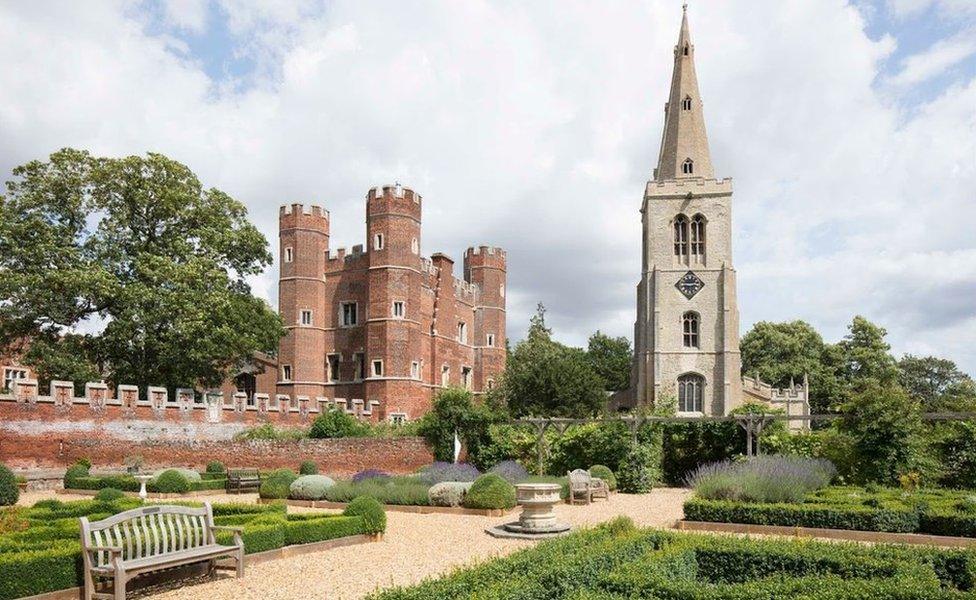
Buckden Towers is now "at risk", just like visitor Catherine Howard's head proved to be
- Published30 September 2020
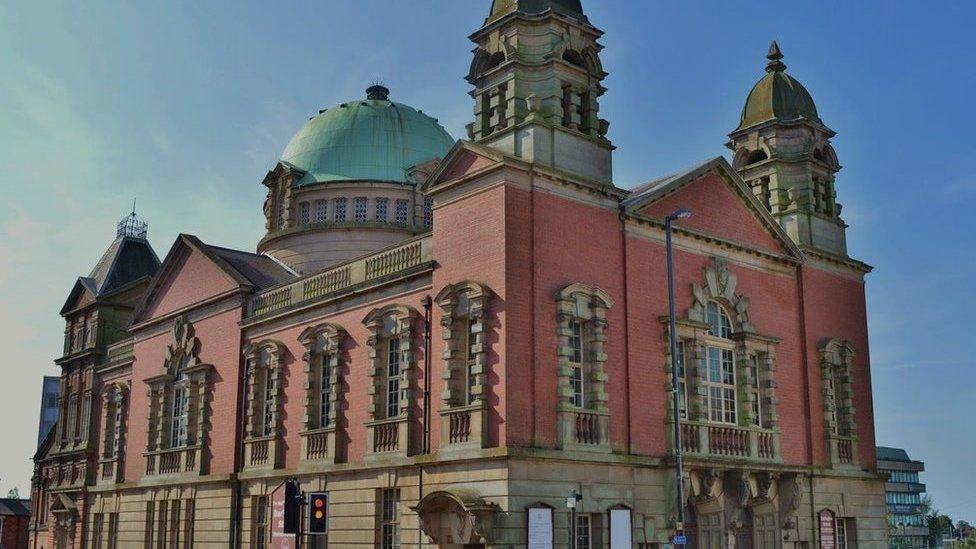
- Published17 October 2019
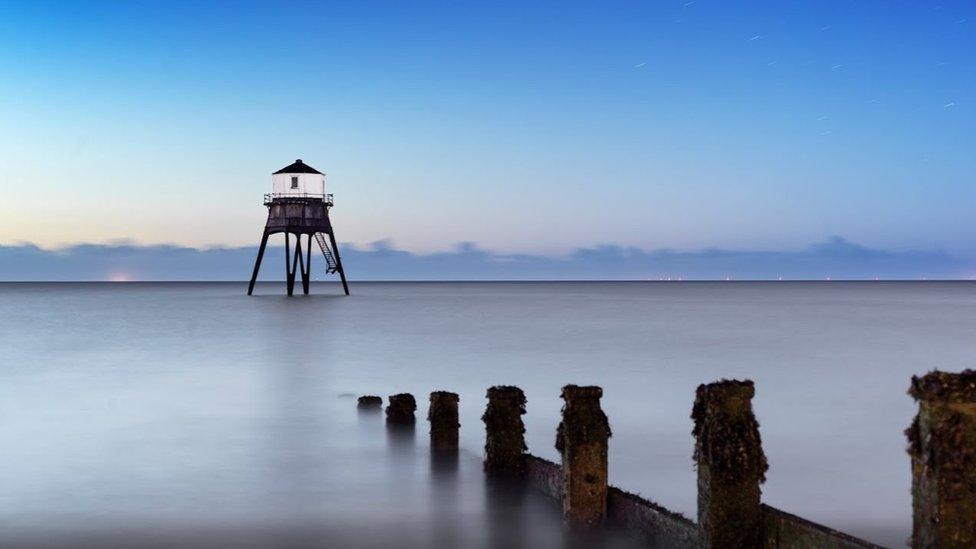
- Published8 November 2018
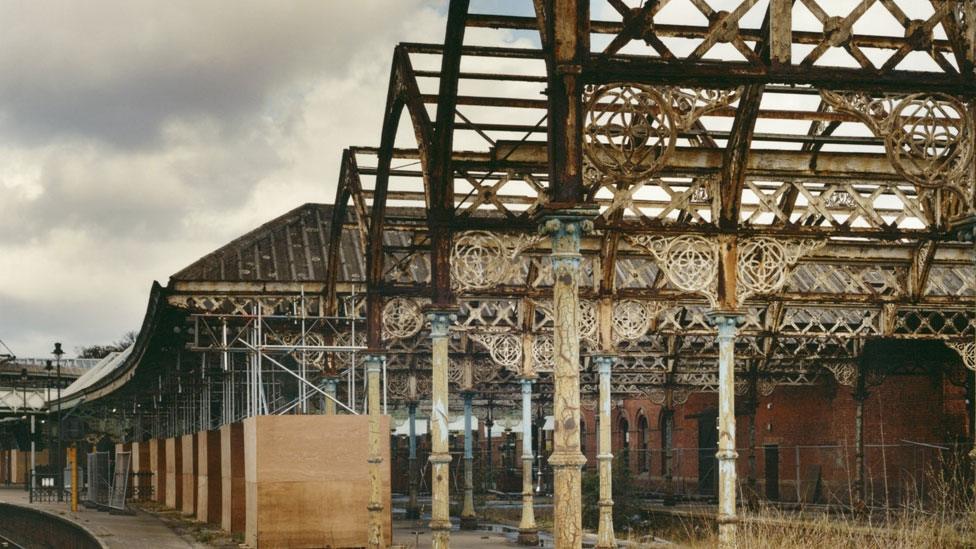
- Published30 July 2018
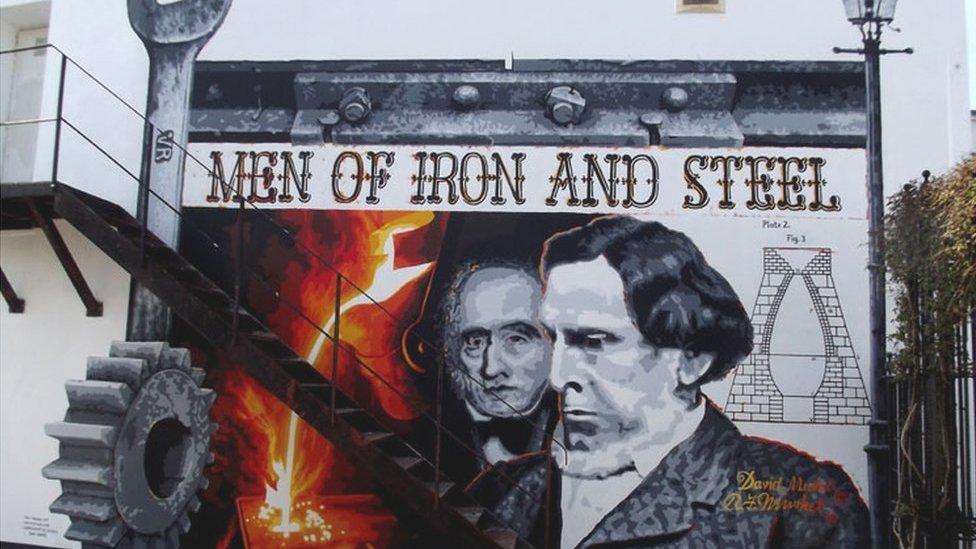
- Published6 February 2018
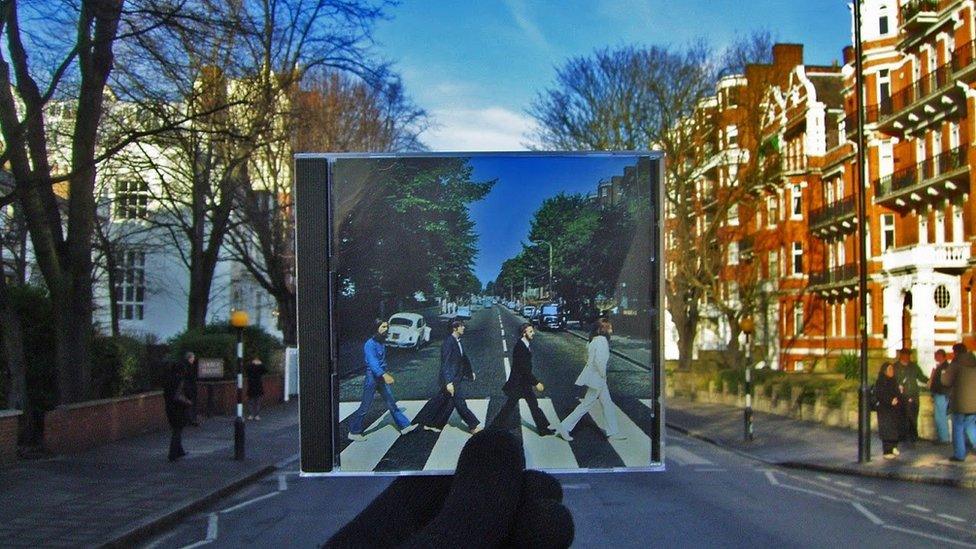
- Published7 August 2017

- Published26 October 2017